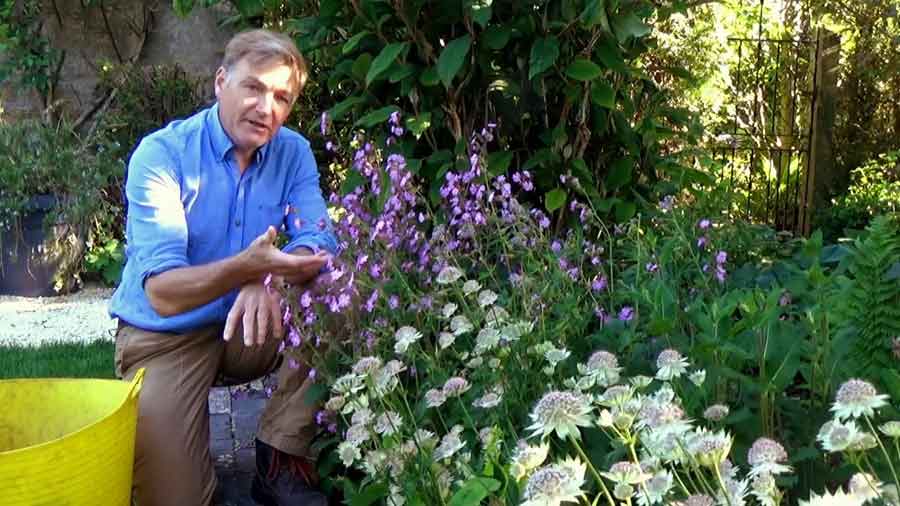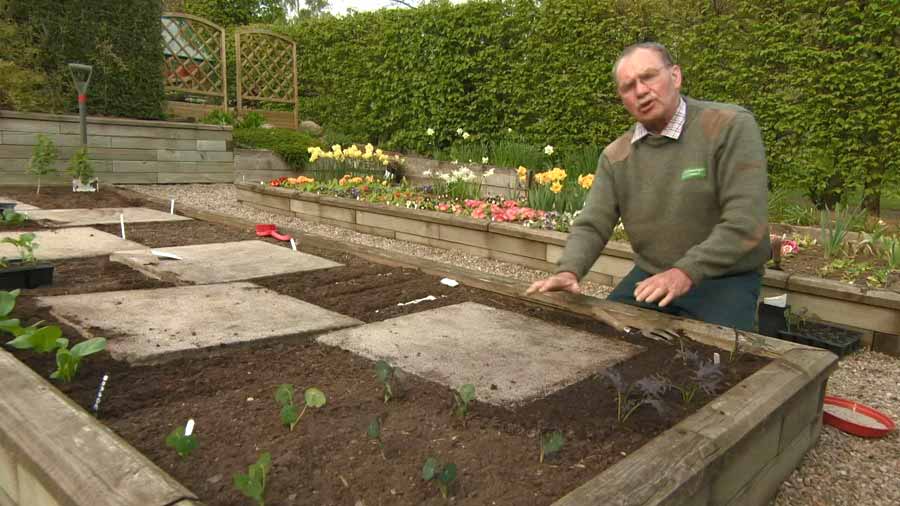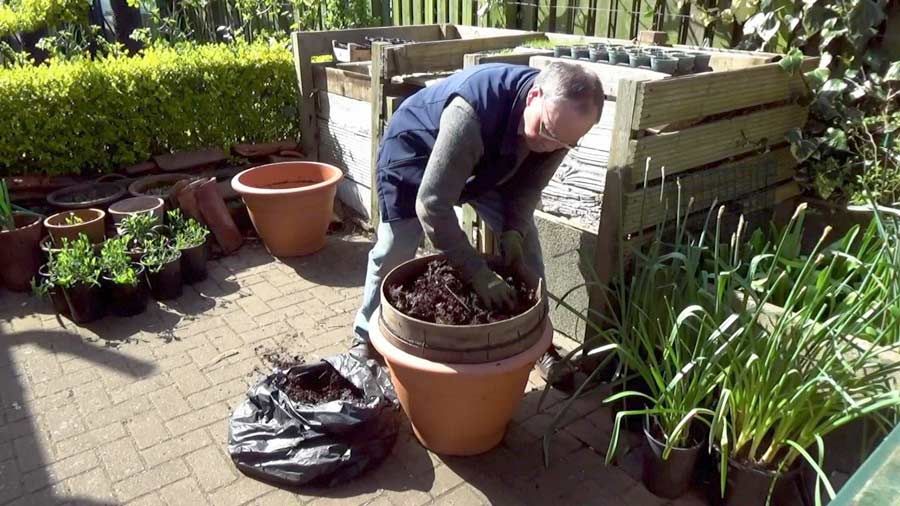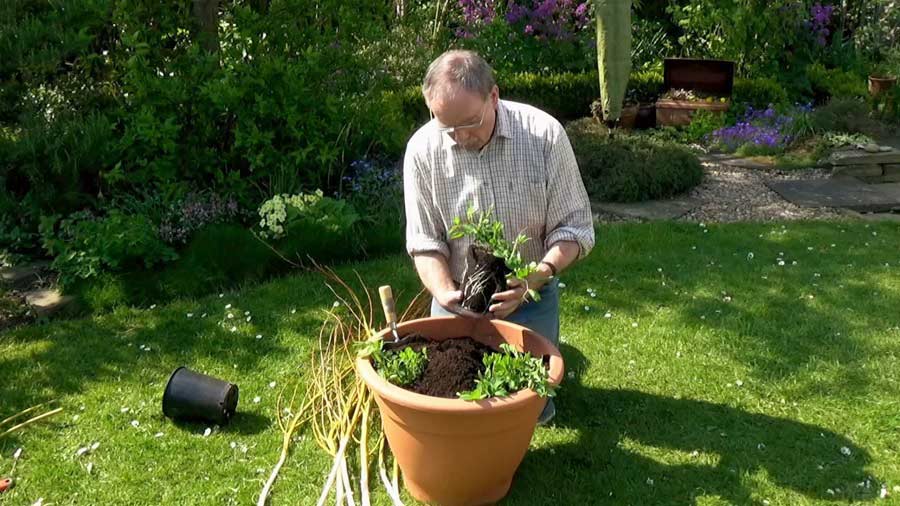The Beechgrove Garden episode 9 2020: Now that all risk of frost is past, it is bedding plant season for the Beechgrove team.
Brian has sown and grown his own, while George has taken a pot-luck kerb-side delivery and gives a recipe for a rainbow of bedding colour in containers.
The Beechgrove Garden episode 9 2020
From elaborate public garden designs and street planters to the smallest front garden, bedding plants provide a temporary decorative seasonal display for beds, borders, containers and hanging baskets. Bedding can be grown from seed, bought as young seedlings (plug plants) or purchased as pot-grown specimens, often in multi-packs and cellular trays, ready for planting.
Fashionable since Victorian times, the latest plant introductions and creative planting designs help to keep them popular.
Successional planting: Many public gardens change the bedding displays twice a year, replanting in late spring (for summer) and early autumn (for winter/spring). However, the highest-maintenance displays require late spring, mid- to late summer and autumn plantings. Whichever regime you choose, this can be done in small gardens too.
For replanting twice a year: try the summer combination of begonia, the flowering seedheads of ornamental grasses (such as Pennisetum setaceum ‘Rubrum’) and late-flowering salvia and verbena. For winter, plant perennials such as bergenia, cyclamen, hellebores and viola to give interesting foliage as well as flower colour during mild spells.
Asparagus
One of the most sought-after vegetables, asparagus is easy to grow on well-drained soil or in raised beds, as long as it is kept well fed and weed-free. Do not replant an old asparagus bed with new asparagus plants. Choose fresh ground to avoid build-up of diseases. An open, sunny site is best, but asparagus will tolerate dappled shade.
Asparagus grows on most soil types provided they are well drained. On heavy soils consider creating raised beds. A pH of 6.5-7.5 is ideal, so more acidic soils may need liming. Clear the ground of perennial weeds and incorporate at least one bucketful of organic matter such as garden compost or well-rotted farmyard manure every square metre (yard).
Keep the asparagus bed weed free. Weed by hand rather than with a hoe, as the shallow roots of the asparagus plants are easily damaged. Mulch the bed in late winter to discourage weeds and to retain moisture. Consider covering the bed from autumn to winter with an opaque weed mat to prevent annual weeds germinating.
In early spring, apply 100g per sq m (3oz per sq yd) of general fertilizer such as Growmore, or fish, blood and bone. If growth is weak, repeat this application once harvesting has finished. Allow the foliage of your asparagus plants to yellow in autumn before cutting it down to soil level for the winter.
Hanging baskets
Whether planted for summer or winter interest, hanging baskets provide valuable colour at eye level. Choose vibrant bedding plants for a short-term show or herbs, shrubs and evergreens for a long-lasting display.
Plant summer hanging baskets from April onwards, but they will need protection from frost until the middle or end of May. If you do not have a greenhouse, it is usually easier to plant in situ once the frosts have passed. Plant winter hanging baskets between September and October, and it doesn’t matter if they are frosted as the plants are should be hardy.
You would normally plant up a long-lasting perennial hanging basket from April onwards, depending on the types of plants being used.





Pingback: The Beechgrove Garden episode 10 2020 — HDclump